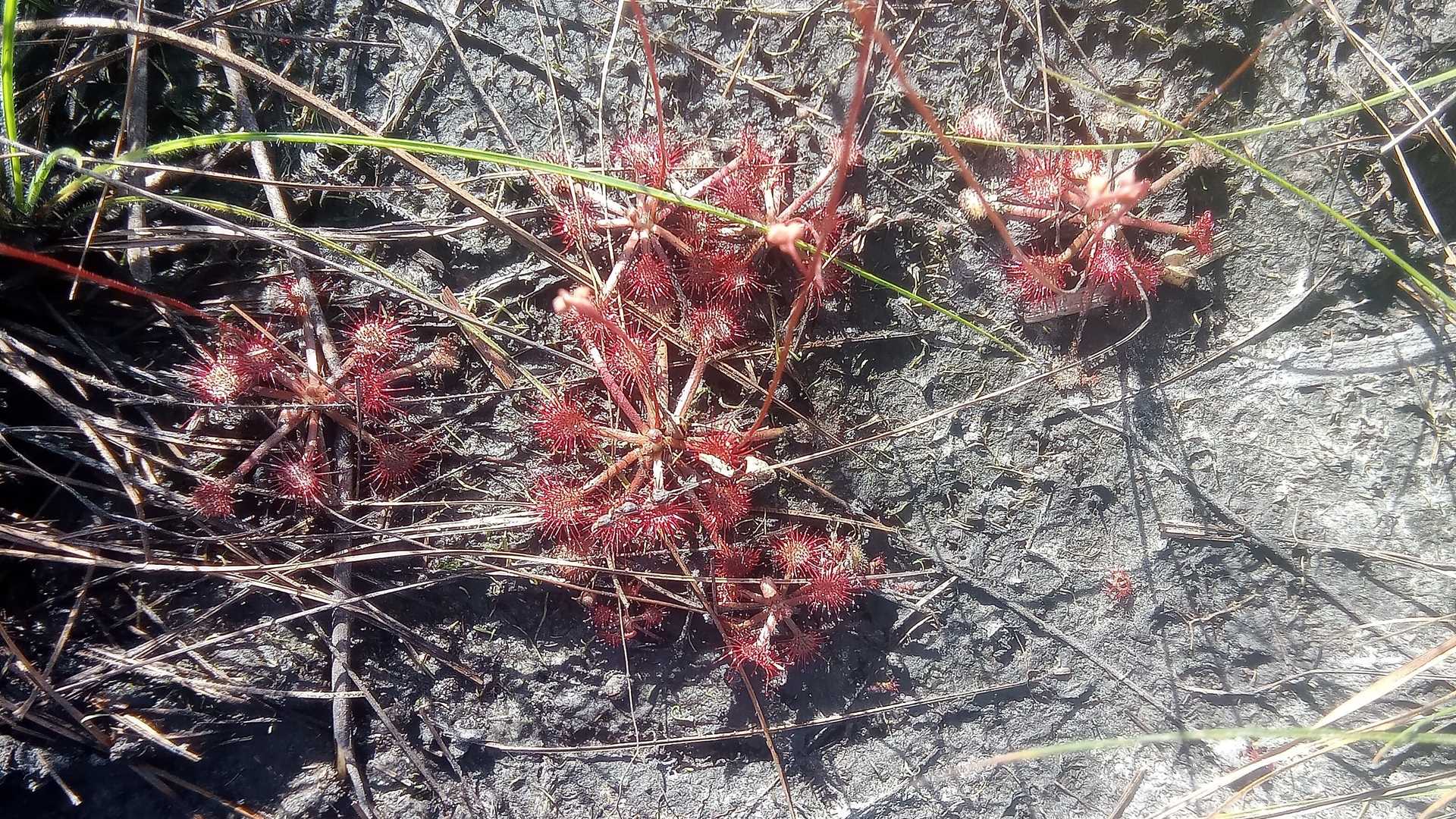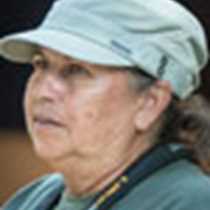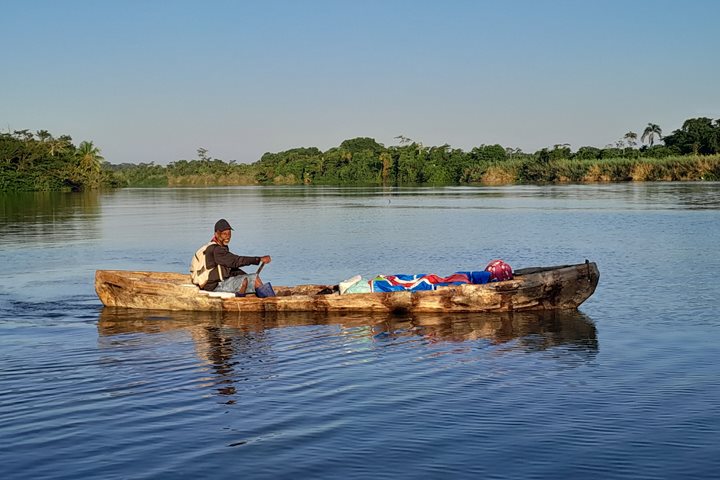Strong easterly winds diverted National Geographic Sea Lion to the Payne's Creek anchorage earlier than planned today. A late morning excursion was scheduled with some of our guests choosing to explore the mangrove channels of Payne's Creek estuary from kayaks, while others explored by Zodiac. This area is being studied by archaeologist, Heather McKillop, who has found evidence of commercially produced salt and salted fish for trade in the Mayan culture’s late Classic period, around 600-800 AD.
The mangrove forests that line the estuaries, coastal lagoons, and some of the offshore islands, are one of the most productive ecosystems in Belize. These mangrove roots are fish nurseries, filtration systems, even sequestering carbon and are often referred to as Mother Nature’s seawall.
On the afternoon’s walk through the open landscape of the savannah, some of the guests got to see two different carnivorous plants, the sundew Drosera capillaris and at least two species in the genus Utricularia. They saw and learned about various species of fire-tolerant trees, shrubs vines and palms. They also found the tracks of white-tail deer, coati, and armadillo in the soft mud along parts of the trail.
All guests returned to the ship as the sun started its descent to the horizon. Then it was time for farewell cocktails and the trip’s last recap and dinner. Another great day in Belize by the Caribbean Sea and sadly, the end of a fantastic trip.







